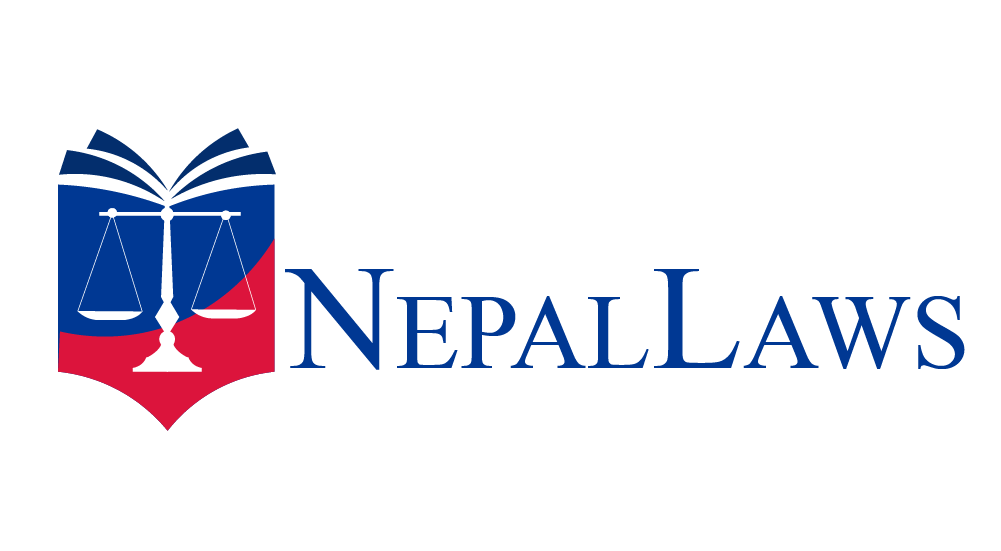When setting up a company in Nepal, two essential documents are the Memorandum of Association (MOA) and the Articles of Association (AOA). These two legal instruments together form the backbone of any company’s existence and operations.
The Companies Act, 2063 (2006) requires every company, whether private or public, to prepare and register its MOA and AOA with the Office of the Company Registrar (OCR). These documents define the purpose, powers, and internal rules of a company, ensuring that it operates within the bounds of the law and adheres to good governance principles.
This article explains the meaning, contents, legal provisions, and importance of the MOA and AOA of a company in Nepal.
What is the Memorandum of Association (MOA) of a Company?
The Memorandum of Association (MOA) is a fundamental legal document that defines the company’s relationship with the outside world.
It acts as a charter for the company, outlining its objectives, powers, and the scope of its activities. In Nepal, the MOA must be filed with the Office of the Company Registrar (OCR) during the process of company registration.
The MOA ensures that the company operates within its stated objectives and is bound by the legal framework set by the government.
Key Components of the MOA
Chapter 3 of the Companies Act, 2063, has provisions relating to the MOA & AOA of the company.
In Section 18, there are key components of the MOA of the company:
- Name Clause – This clause specifies the name of the company, which must include a suffix indicating the type of company (e.g., Private Limited or Public Limited). The name should not resemble any existing company names and must not violate trademark rules.
- Registered Office Clause – This clause provides the address of the company’s registered office. The location is essential for official communications and determines the jurisdiction of the company’s legal matters.
- Objective Clause – One of the most crucial sections of the MOA, this clause outlines the primary and ancillary objectives for which the company is formed. It defines the range of activities that the company can engage in. It is important to note that the company can only conduct activities mentioned in this clause. Any activity outside these limits is deemed ultra vires (beyond the company’s powers).
- Liability Clause – This clause defines the liability of the members of the company, which may be limited by shares or by guarantee. For example, in a private limited company, the liability of shareholders is limited to the amount unpaid on their shares.
- Capital Clause – This specifies the authorised share capital of the company. It defines the total capital that the company can raise by issuing shares. The MOA must mention the number of shares, their nominal value, and the total amount of authorised capital.
- Association Clause – This clause states the intention of the subscribers to form a company. It signifies that the individuals involved wish to create a company and accept the terms outlined in the MOA.
Importance of the MOA
The MOA is significant for distinct reasons:
- Legal Foundation – It serves as the foundation of the company’s existence, outlining its objectives, powers, and the scope of its operations.
- Limitation of Powers – The MOA defines the limitations of the company’s powers and ensures that it operates within the boundaries of the law.
- Clarity for Stakeholders – The document provides clarity to shareholders, creditors, employees, and other stakeholders about the company’s business and operational scope.
What Is the Article of Association (AOA) of a Company?
The Articles of Association (AOA) are another essential document that governs the internal workings of the company.
While the MOA defines the external framework, the AOA deals with the rules and regulations that govern the day-to-day operations and management of the company.
In essence, the AOA outlines how the company will be managed, how decisions will be made, and the rights and duties of the members.
Key Components of the AOA
In accordance with Chapter 3 in Section 20, there is a provision relating to the AOA of the companies of Nepal. Here are the key components of the AOA of the company:
- Shareholder Rights – The AOA defines the rights of shareholders, including the rights to vote, dividends, and the transfer of shares.
- Board of Directors – This section outlines the composition, powers, duties, and responsibilities of the board of directors. It includes the procedures for appointing, removing, and remunerating directors.
- General Meetings – The AOA governs the procedures for conducting general meetings, including the Annual General Meeting (AGM) and Extraordinary General Meetings (EGM). It specifies the notice periods, quorum requirements, and voting procedures.
- Dividend Distribution – The AOA defines how and when dividends will be distributed among the shareholders. It also explains the distribution of profits.
- Transfer Shares – The AOA sets out rules regarding the transferability of shares, including restrictions or conditions for transferring shares.
- Winding Up – The AOA may include provisions on the process for the company’s dissolution and the distribution of assets during liquidation.

Importance of the AOA
The AOA of the company serves an important function, such as:
- Internal Government – It defines the internal structure and operations of the company, ensuring smooth management and decision-making.
- Member Relations – The AOA clarifies the rights and obligations of shareholders and directors, ensuring that all members are aware of their roles and responsibilities.
- Conflict Resolution – By having clear rules in place, the AOA helps prevent conflicts and disputes among shareholders and directors, offering a framework for resolving disagreements.
Differences Between MOA and AOA of a Company
While both MOA and AOA are important legal documents, they serve distinct purposes. Here are the major differences between the two:
| Aspect | Memorandum of Association (MOA) | Articles of Association (AOA) |
|---|---|---|
| Purpose | Defines the company’s relationship with the outside world and outlines its objectives. | Governs the internal management and operations of the company. |
| Content | Includes the name, objectives, capital, liability, and registered office of the company. | Defines rules for shareholder rights, director duties, meetings, and share transfers. |
| Nature | Public document that establishes the company’s existence. | Private document that regulates the company’s internal workings. |
| Amendment | Amendments are restricted and require approval by special resolution. | The shareholders can make amendments through ordinary resolution. |
Amending the MOA and AOA in Nepal
The MOA and AOA can be amended, but the procedures for amending them differ. Both documents can be modified to suit the changing needs of the company, but the process is regulated by Nepalese corporate law.
Amending the MOA
- Special Resolution – Amendments to the MOA require a special resolution passed by the shareholders in a general meeting. This resolution needs to be approved by at least three-fourths of the shareholders who vote.
- Approval from the Company Registrar – After the special resolution is passed, the company must file the amendment with the Office of the Company Registrar for approval.
- Court Approval (in certain cases) – In some cases, if the amendment involves significant changes (e.g., altering the company’s objectives), the court may need to approve the changes.
Amending the AOA
- Ordinary Resolution – The AOA can be amended by an ordinary resolution passed by the shareholders. This requires approval by a simple majority (more than 50%) of the voting shareholders.
- Filing with the Registrar – Once the amendment is passed, the company must file the updated AOA with the Office of the Company Registrar.
- No Court Approval – Unlike the MOA, amendments to the AOA do not require court approval, making the process more flexible.
Conclusion
The Memorandum of Association (MOA) and Articles of Association (AOA) are foundational documents that shape the structure and operation of a company in Nepal.
While the MOA outlines the company’s external relationship and objectives, the AOA governs the internal management and activities.
Together, these documents ensure that the company operates within the legal framework, protects the rights of its stakeholders, and provides a clear roadmap for its operations.
For entrepreneurs and business owners in Nepal, understanding the significance of these documents and ensuring they are drafted carefully is not only essential but also crucial. Still, it also empowers you with the knowledge to make informed decisions for your company.
Furthermore, keeping the MOA and AOA up to date with any amendments and changes is not just a matter of procedure. Still, it is a way to ensure that your company operates within the legal framework, maintains smooth operations, and protects the rights of its stakeholders.





